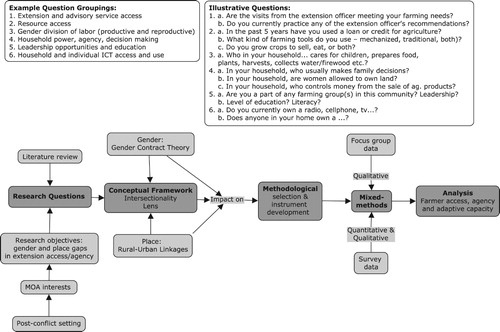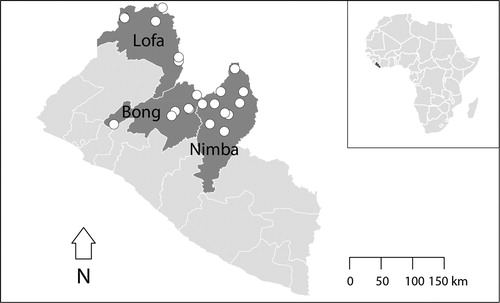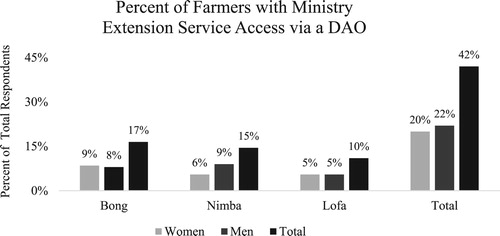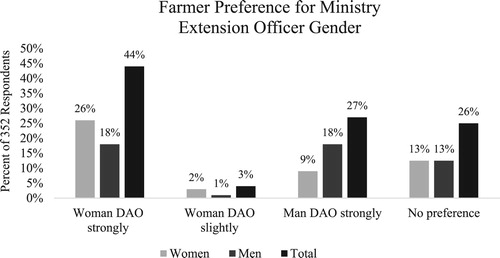Figures & data
Table 1. Participant Demographic Characteristics
Table 2. Participant level of education, relationship status, and age by gender
Figure 3. Access to ICT devices. Note: Values represent the percent of total devices owned by 352 participants; multiple devices could be selected.
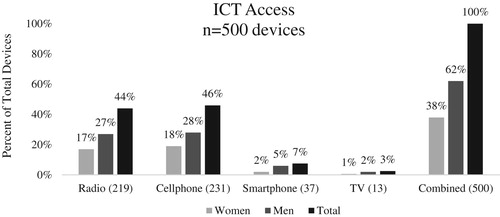
Figure 4. Satisfaction with the ‘amount of use’ for farmer owned ICT devices. Note: Values represent the percent difference between a respondent’s reported satisfaction to their access reported in .
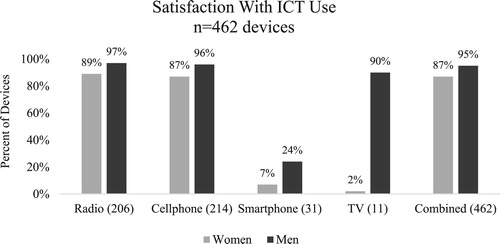
Survey_Instrument.pdf
Download PDF (287.5 KB)supplemental_qualquotes.pdf
Download PDF (413.8 KB)Data availability statement
The data that support the findings of this study are available on request from the corresponding author. The data are not publicly available due to their containing information that could compromise the privacy of research participants.

